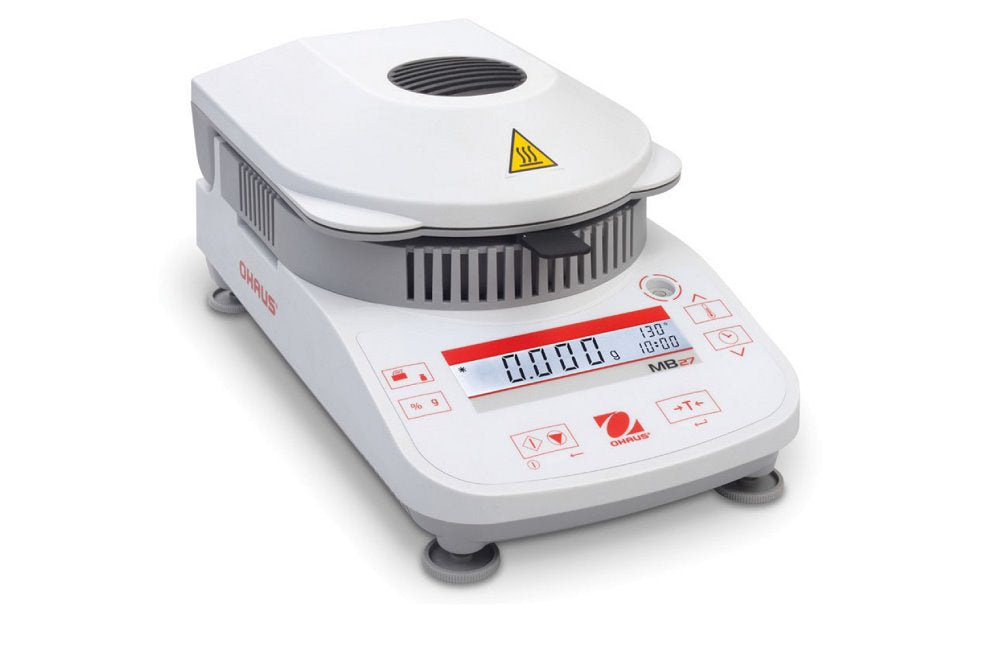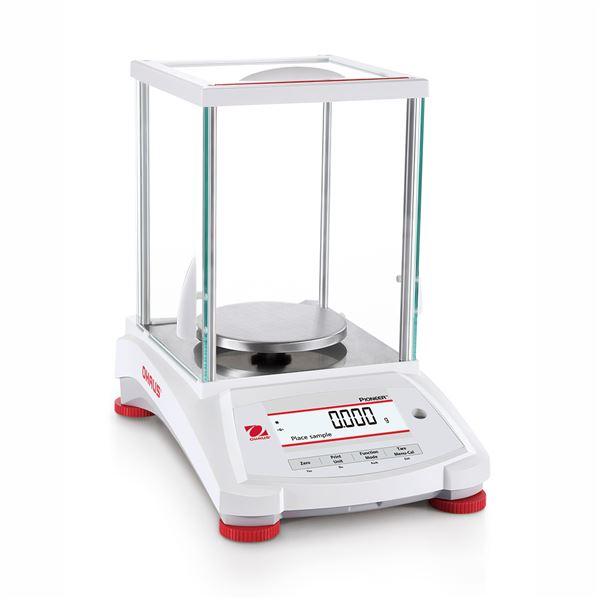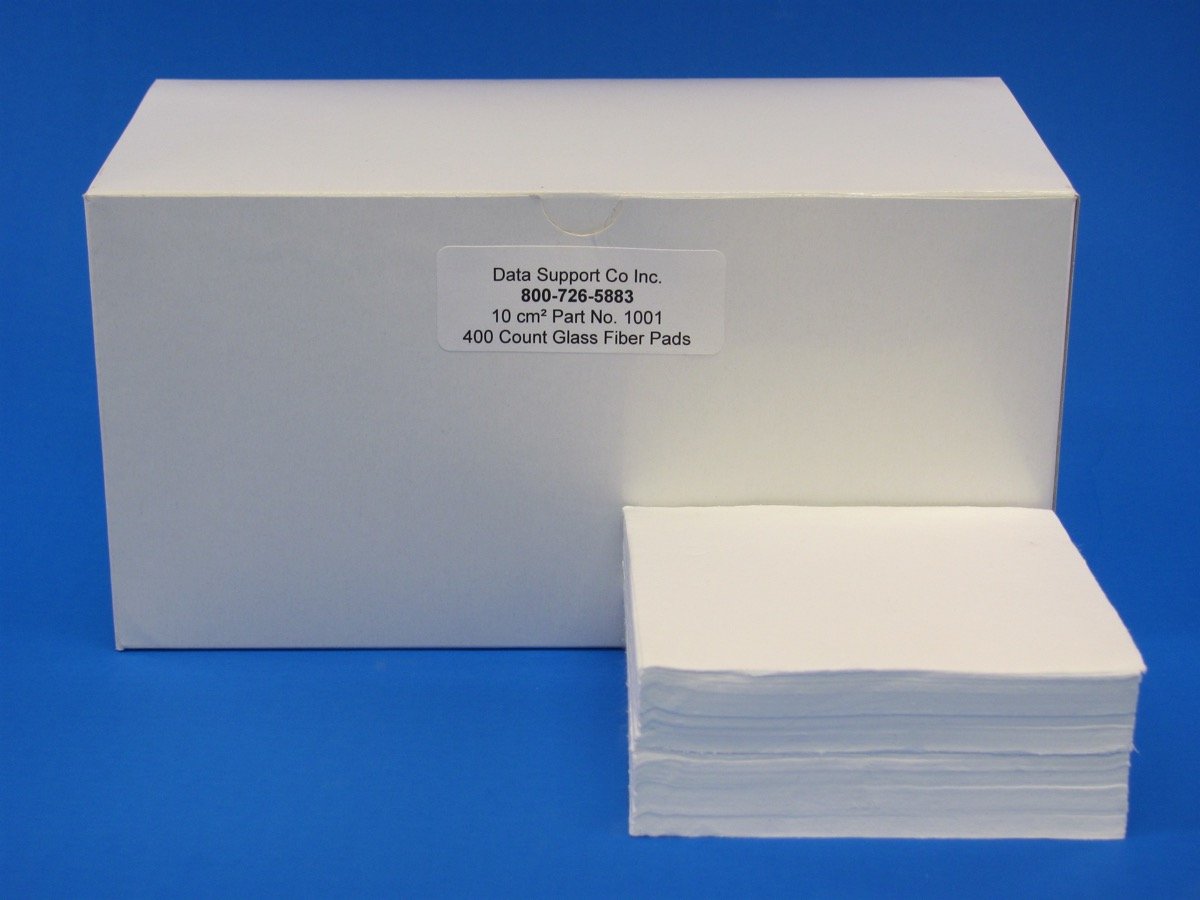1. Overview of Beam Balance Scales
A beam balance scale (or mechanical balance) is a type of weighing instrument that uses a lever, also known as a beam, to measure the weight or mass of an object. The balance consists of two pans, one on either side of the lever arm, which are used to hold the material being weighed. The balance will then show the difference in weight between the two pans when the beam is balanced. Beam balances are used in a variety of industries, including educational, retail, industrial, and medical applications.
Attachment weights can be used to increase the maximum weighing capacity of beam balances, making them suitable for heavier measurements in educational and laboratory settings.
In science, the balance scale, including the triple beam balance and analytical balances, plays a crucial role. A triple beam balance is a mechanical scale used to measure precise mass by manually adjusting sliding weights along three beams. It differs from a regular scale, which directly displays weight. This device is essential in scientific settings for accurate mass determination. In chemistry, balance scales are indispensable for precise measurement. Analytical balances, particularly electronic analytical balances, offer high accuracy for scientific analysis. Triple Beam balances offer manual precision in mass measurement, while digital scales provide electronic convenience and accuracy for chemical and weight analysis. Triple Beam balance function ensures accurate readings, while digital and mechanical options provide versatility for all your weighing needs.
A scale with two sides, often called a balance, measures mass by comparing the weight of two objects placed on each plate, different from other types of scales that directly measure weight. This precision balance, akin to a two-sided weight scale, features adjustable feet and a draft shield, making it ideal for industrial applications in most countries. Precision balances, a type of weighing scale, are highly accurate instruments crucial in laboratories for measuring small mass differences, consisting of various parts like a base, platform, and display.
A balance beam, synonymous with a scale, is a device used for weighing, consisting of a beam that is balanced in the middle. This beam can have two pans at each end, as in a traditional balance scale, or use a mechanical system with a series of weights.
2. Components of a Beam Balance Scale
A beam balance scale consists of three main components: the lever arm or beam, the counterweights, and the pans. The lever arm is the main component of the balance and its length determines the range of weights that can be measured. The two halves of the beam must be of equal length to ensure high measurement accuracy. Counterweights are used to adjust the beam to different weights and make sure that it is in balance. Lastly, the two pans are placed at either end of the lever arm and are used to hold the item being weighed.
3. Different Types of Beam Balance Scales
There are several types of beam balance scales available, each with its own advantages and disadvantages. In a beam balance, standard masses are added to a pan on one side of the pivoted beam until the gravitational force on the standard masses equals the gravitational force on an unknown mass on the opposite side. One type is the double-pan balance, which has two pans that can be used to measure different weights simultaneously. Another type is the single-pan balance, which only has one pan but is capable of measuring more precise weights. Finally, there are Triple Beam balances which provide even greater precision and accuracy when measuring and typically have a reading error of ±0.05 g.
4. How Does a Beam Balance Scale Work

Beam balance scales work by taking advantage of the law of equilibrium. As an object is placed on one pan, the weight of the object is calculated, causing the beam to be unbalanced and tilt in the direction of the weighted pan. Precise calculations are essential to achieve accurate measurements. In order to counterbalance this tilt, counterweights are placed on the other side of the beam. Using calibrated masses for verification ensures precision and accuracy in the measurement system. As more weight is added to one pan, more counterweights must be placed on the opposite side in order for the beam to remain balanced and in equilibrium. The distance between the counterweight and the axis of rotation is significant for analyzing the balance and stability of the structure. Force is a critical component in achieving equilibrium in the beam balance. For triple beam balance, three beams are used, each working at different increments: 1-10 g, 10 grams, and 100 grams. It is recommended to start with the lowest level of precision. Also, the triple beam balance usually has a zero adjustment knob to manually adjust the scale to the zero mark.
5. Applications and Industries
The triple beam balance is a versatile instrument used in various applications and industries, including laboratories, classrooms, and healthcare settings. Its high accuracy and precision make it an ideal tool for measuring mass in different fields, such as chemistry, physics, and biology. In industrial applications, triple beam balances are used for quality control, research, and development. They are also used in educational institutions to teach students about mass measurement and the principles of equilibrium. The triple beam balance is a reliable and accurate instrument that provides precise readings, making it a valuable tool in many industries.
Some of the key applications of triple beam balances include:
-
Laboratory settings: Triple Beam balances are used to measure the mass of chemicals, samples, and other materials with high accuracy.
-
Educational institutions: Triple Beam balances are used to teach students about mass measurement, equilibrium, and the principles of physics and chemistry.
-
Healthcare settings: Triple Beam balances are used to measure the mass of patients, medical supplies, and other materials.
-
Industrial applications: Triple Beam balances are used for quality control, research, and development in various industries, such as manufacturing, pharmaceuticals, and food processing.
The advantages of using a triple beam balance in these applications include its high accuracy, precision, and reliability. It is also a cost-effective instrument that requires minimal maintenance and does not require batteries.
6. Calibration and Maintenance
To ensure accurate readings, it is essential to calibrate and maintain the triple beam balance regularly. Calibration involves adjusting the instrument to ensure that it provides accurate readings, while maintenance involves cleaning and checking the instrument for any damage or wear.
Here are some steps to calibrate and maintain a triple beam balance:
-
Calibration: To calibrate the triple Beam balance, place a known weight on the platform and adjust the sliding weights until the beam is balanced. Repeat this process with different weights to ensure that the instrument is accurate across its entire range.
-
Maintenance: Regularly clean the triple Beam balance with a soft cloth and check for any damage or wear. Check the balance beam and the pans for any signs of corrosion or damage. Lubricate the moving parts regularly to ensure smooth operation.
-
Adjustment: The zero adjustment knob can be used to manually adjust the triple Beam balance to zero. This is essential to ensure that the instrument provides accurate readings.
-
Checking: Regularly check the triple Beam balance for any errors or inaccuracies. Compare the readings with a known weight to ensure that the instrument is accurate.
By following these steps, you can ensure that your triple Beam balance is accurate, reliable, and provides precise readings. Regular calibration and maintenance are essential to extend the life of the instrument and ensure that it continues to provide accurate readings.
5. Advantages and Disadvantages of Using a Beam Balance Scale
The main advantage of using a beam balance scale is that it is accurate and precise. Maintaining the beam balance in good condition is crucial to achieve high measurement accuracy. It is also relatively easy to use, as no special skills are required to operate the device. This mechanical balance usually comes with stainless steel platform and extended warranty and works great for weighing solids, liquids, powders or even animals. Additionally, beam balances can be used for both small and large items, making them versatile for a variety of applications. On the other hand, beam scales can be more expensive than other types of weighing instruments and they may require more setup time.
6. Tips for Using a Beam Balance Scale Accurately
To ensure accuracy when using a beam balance scale, it is important to start by setting the counterweights at zero and then adding only enough weight to achieve balance. Various methods are being explored to achieve a more fundamental definition of the kilogram, emphasizing the complexity and demands of these methods in terms of measurements and traceability. Additionally, the beam should be checked for level before each use and any obstructions in the way of the lever arm should be removed. Finally, it is important to keep any dirt or debris away from the pans in order to avoid inaccurate readings.
7. Common Questions About Using a Beam Balance Scale
Q: Is a beam balance scale difficult to use?
A: No, beam balance scales are relatively easy to use and require no special skills or knowledge.
Q: What types of materials can be weighed on a beam balance scale?
A: Beam balance scales can be used to weigh a variety of materials, including solids, liquids, and powders or even animals.
Q: Are beam balance scales accurate?
A: Yes, beam balance scales are accurate when properly set up and used correctly.
For example, an algorithm employed by the National Physical Laboratory (NPL) illustrates how certain variables can affect mass gain over time, demonstrating the application of theoretical models to practical scenarios.
Q: What are most popular brands for triple beam balances?
A: Ohaus Triple Beam Balances and Adam Equipment Triple Beam Balances are durable, reliable and accurate scales on a market.
8. Conclusion
Beam balance scales are a reliable, accurate, and versatile devices for measuring the weight of objects or materials. They can be used in many industries, from industrial to medical applications and became especially popular in laboratories and schools. Discover the perfect solution for measuring unknown masses with our top-tier analytical balances and precision scales, including specialized beam balance scales for infants. With the proper setup and use, beam balance scales can provide extremely precise readings and are relatively easy to use. By following the tips outlined in this article, you can ensure accuracy when using a beam balance scale.
Click here for point of sale scales (POS scales) offered by DSC Balances Balances vs Scales: Which One Should You Get?
Which dial scales are suitable for specific applications such as weighing small items in labs, classrooms, bakeries, and healthcare facilities?
Lab and Classroom Weighing Solutions
For those seeking precision in a laboratory or classroom setting, the Ohaus 710-00 Triple Beam Mechanical Balance stands out as a top choice. It features a removable stainless steel pan and offers accurate measurements with a resolution of 0.1 grams, suitable for handling a capacity up to 610 grams. Similarly, the Ohaus 720-00 model provides identical capacity and resolution but includes a polypropylene scoop, which enhances its utility for weighing smaller, more delicate items comfortably and accurately.
Bakery-Specific Weighing Equipment
In the context of bakeries, where heavy and consistent measurements are common, the Penn Scale 1704 Baker's Dough Scale is ideally suited. Built with a robust powder-coated cast iron structure, this scale ensures durability. The well-sized 6-inch weighing pan and a 4-pound capacity make it an excellent tool for managing dough and other bakery ingredients, facilitating easy and efficient measurements with its readable beams.
####Healthcare Facility Weighing Needs
For healthcare facilities, the Health o meter 402KL Physician's Beam Scale offers a practical solution. Designed with a sturdy steel base and an easy-to-clean plastic weighing platform, this scale ensures reliability and hygiene. It comes equipped with a height rod, enhancing its functionality in medical environments where patient height and weight measurements are frequently necessary.
By choosing the appropriate dial scale tailored to specific applications, professionals in labs, classrooms, bakeries, and healthcare facilities can enhance efficiency and accuracy during their routine operations.
What are the benefits of using top-loading dial scales with features such as rotating dials, fixed dials, stainless steel bodies, enamel bodies, and compact designs?
Beam balance scales are a reliable, accurate, and versatile devices for measuring the weight of objects or materials. They can be used in many industries, from industrial to medical applications and became especially popular in laboratories and schools. With the proper setup and use, beam balance scales can provide extremely precise readings and are relatively easy to use. By following the tips outlined in this article, you can ensure accuracy when using a beam balance scale.
Additionally, when it comes to the utility of specific design features in top-loading dial scales, such as rotating dials, stainless steel bodies, and compact designs, the benefits become even more pronounced. For instance, a rotating dial allows for easy viewing from different angles, enhancing user convenience during measurements. A stainless steel body not only contributes to the scale's robustness but also simplifies cleaning processes, making it ideal for environments that prioritize hygiene. Moreover, a compact design becomes indispensable in settings where space is limited, providing precise measurements without occupying substantial room.
These specialized features, much like those found in various types of scales, tailor the instrument to meet the unique needs of different environments, from bustling professional kitchens to quiet, precise laboratory settings. Each feature is designed with a specific purpose in mind, ensuring that regardless of the setting, the scale enhances the efficiency and accuracy of the task at hand
Are there dial scales that offer dual readings in both pounds and kilograms, with additional features like height rods and transport wheels?
Beam balance scales are reliable, accurate, and versatile devices for measuring the weight of objects or materials. They can be used in many industries, from industrial to medical applications and became especially popular in laboratories and schools. One exemplary model that showcases these qualities is the Seca 7001321998 Mechanical Physician's Scale. This particular scale offers dual measurement capabilities, featuring a 160 kilogram / 400 pound capacity, which makes it highly adaptable to various professional environments. Additionally, it includes the seca 220 height rod, enabling both weight and height measurements in one convenient setup. The scale also boasts transport wheels for easy mobility and an easy-to-read display, enhancing its functionality and user-friendliness in busy settings. This combination of features makes the Seca 7001321998 an ideal choice for healthcare professionals who require precision and versatility in their equipment.




